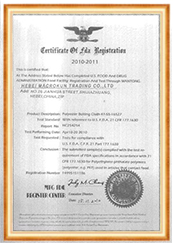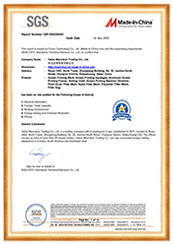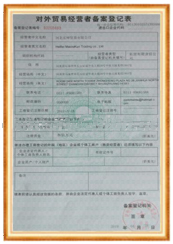When selecting the appropriate nylon mesh sheet for a specific application, understanding the unique requirements of that application is paramount. The first step in this process involves a thorough assessment of the operational environment in which the nylon mesh will be utilized. Factors such as temperature, humidity, and exposure to chemicals can significantly influence the performance and longevity of the mesh. For instance, if the application involves high temperatures or exposure to harsh chemicals, it is essential to choose a nylon mesh that is specifically designed to withstand such conditions. This ensures that the material will not degrade or lose its structural integrity over time, thereby maintaining its functionality.
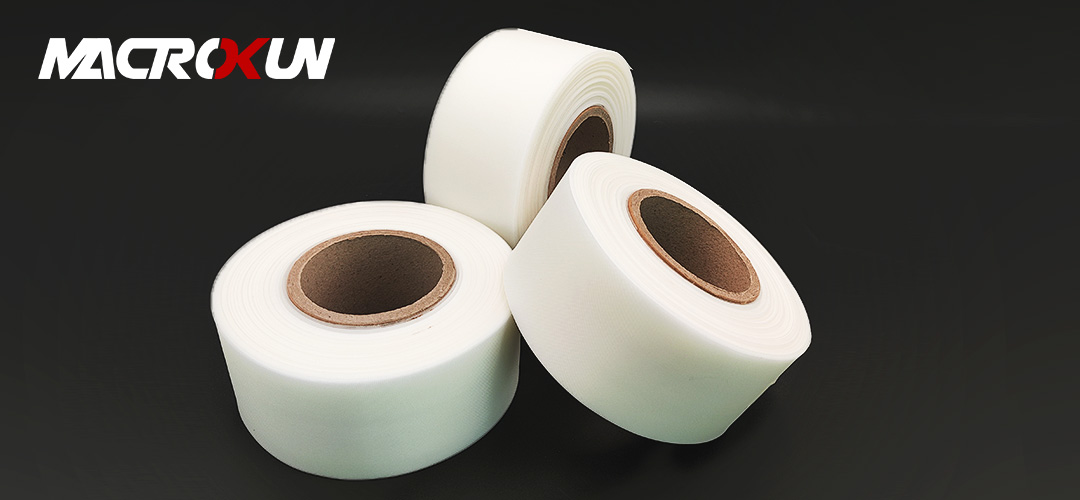
In addition to environmental considerations, the physical properties of the nylon mesh must also align with the demands of the application. The mesh‘s tensile strength, flexibility, and abrasion resistance are critical attributes that can affect its performance. For applications requiring high durability, such as industrial filtration or heavy-duty screening, selecting a nylon mesh with a higher denier count can provide the necessary strength and resilience. Conversely, for applications that require more flexibility, a lower denier count may be more appropriate. Understanding the balance between strength and flexibility is crucial, as it directly impacts the mesh‘s ability to perform under varying loads and conditions.
Moreover, the mesh‘s aperture size is another vital factor to consider. The size of the openings in the mesh determines its filtration capabilities and the size of particles it can effectively separate. For applications in industries such as food processing or pharmaceuticals, where hygiene and precision are paramount, selecting a nylon mesh with the appropriate aperture size is essential. A mesh with too large an aperture may allow unwanted particles to pass through, while one with too small an aperture may impede the flow of materials, leading to inefficiencies. Therefore, a careful evaluation of the required filtration specifications will guide the selection process.
Furthermore, the intended use of the nylon mesh sheet plays a significant role in determining the right type. For instance, if the mesh is to be used in a decorative application, such as in architectural design or art installations, aesthetic considerations may take precedence over functional attributes. In such cases, the color, texture, and overall appearance of the nylon mesh become critical factors. On the other hand, for applications in industrial settings, functionality and durability may be prioritized over aesthetics. Understanding the primary purpose of the mesh will help narrow down the options and ensure that the selected product meets the specific needs of the application.
Lastly, it is essential to consider the regulatory and compliance requirements associated with the application. Certain industries, such as food and beverage or medical, have stringent regulations regarding materials used in production processes. Ensuring that the chosen nylon mesh complies with relevant standards not only guarantees safety but also enhances the credibility of the operation. Therefore, consulting with suppliers who can provide documentation and certifications related to the nylon mesh can facilitate a more informed decision-making process.
In conclusion, choosing the right nylon mesh sheet for an application requires a comprehensive understanding of various factors, including environmental conditions, physical properties, intended use, and regulatory requirements. By carefully evaluating these aspects, businesses can select a nylon mesh that not only meets their operational needs but also enhances efficiency and performance in their specific applications.
When selecting the appropriate nylon mesh sheet for a specific application, understanding mesh size and density is crucial. These two factors significantly influence the performance and suitability of the mesh for various tasks. Mesh size refers to the number of openings per linear inch, while density indicates the thickness and strength of the material. Together, they determine how well the mesh will function in its intended role, whether it be filtration, reinforcement, or separation.
To begin with, mesh size plays a pivotal role in defining the characteristics of the nylon mesh sheet. A finer mesh size, characterized by a higher number of openings per inch, is ideal for applications requiring precise filtration or separation of small particles. For instance, in industries such as pharmaceuticals or food processing, where contamination must be minimized, a finer mesh can effectively trap unwanted substances while allowing desired materials to pass through. Conversely, a coarser mesh size, with fewer openings, is better suited for applications that require the passage of larger particles or fluids. This is often seen in construction or agricultural settings, where the mesh serves as a barrier or support structure rather than a filtration medium.
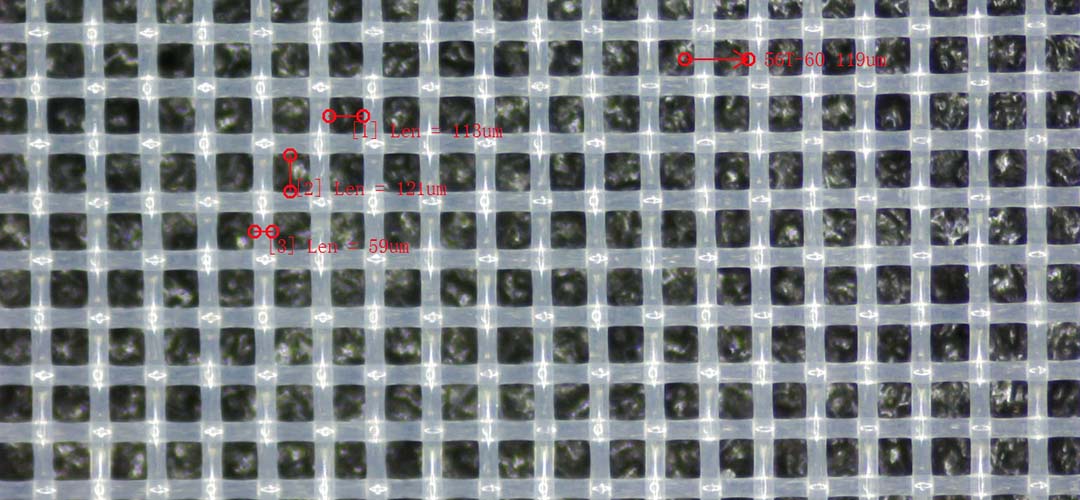
Moreover, the choice of mesh size should also consider the specific requirements of the application. For example, if the mesh is intended for use in a high-flow environment, a larger mesh size may be necessary to prevent clogging and ensure efficient fluid movement. On the other hand, if the application demands a high level of precision, such as in laboratory settings, opting for a finer mesh size will be essential to achieve the desired results. Therefore, it is vital to assess the operational conditions and requirements before making a decision.
In addition to mesh size, density is another critical factor that cannot be overlooked. The density of a nylon mesh sheet affects its strength, durability, and overall performance. A higher density mesh typically offers greater tensile strength, making it suitable for applications that involve heavy loads or significant stress. For instance, in industrial settings where the mesh may be subjected to mechanical forces, selecting a high-density nylon mesh can prevent tearing and ensure longevity. Conversely, a lower density mesh may be adequate for lighter applications, such as decorative purposes or temporary barriers.
| Class | Mesh Size (/cm) |
Mesh Size (/inch) |
Thread Dia (um) |
Mesh Opening (um) |
Thickness (um) |
Net Weight (g/m2) |
| NL4/1950 | 4 | 10 | 550 | 1950 | 1100 | 307 |
| NL5/1500 | 5 | 13 | 500 | 1500 | 1000 | 318 |
| NL6/1267 | 6 | 15 | 400 | 1267 | 800 | 244 |
| NL7/1079 | 7 | 18 | 350 | 1079 | 700 | 218 |
| NL8/900 | 8 | 20 | 350 | 900 | 700 | 249 |
| NL9/861 | 9 | 23 | 250 | 861 | 500 | 143 |
| NL9/811 | 9 | 23 | 300 | 811 | 600 | 206 |
| NL10/750 | 10 | 25 | 250 | 750 | 500 | 159 |
| NL10/700 | 10 | 25 | 300 | 700 | 600 | 229 |
| NL12/583 | 12 | 30 | 250 | 583 | 500 | 191 |
| NL12/533 | 12 | 30 | 300 | 533 | 600 | 274 |
| NL14/514 | 14 | 36 | 200 | 514 | 340 | 142 |
| NL16/425 | 16 | 40 | 200 | 425 | 340 | 160 |
| NL20/350 | 20 | 50 | 150 | 350 | 255 | 113 |
| NL20/300 | 20 | 50 | 200 | 300 | 340 | 200 |
| NL24/267 | 24 | 60 | 150 | 267 | 255 | 135 |
| NL28/237 | 28 | 70 | 120 | 237 | 204 | 101 |
| NL30/213 | 30 | 76 | 120 | 213 | 204 | 110 |
| NL32/213 | 32 | 80 | 100 | 213 | 170 | 80 |
| NL36/178 | 36 | 90 | 100 | 178 | 170 | 90 |
| NL40/150 | 40 | 100 | 100 | 150 | 170 | 100 |
| NL43/153 | 43 | 110 | 80 | 153 | 136 | 70 |
| NL48/128 | 48 | 120 | 80 | 128 | 136 | 77 |
| NL56/119 | 56 | 140 | 60 | 119 | 102 | 50 |
| NL64/96 | 64 | 160 | 60 | 96 | 102 | 58 |
| NL72/89 | 72 | 180 | 50 | 89 | 85 | 45 |
| NL80/75 | 80 | 200 | 50 | 75 | 85 | 50 |
| NL100/57 | 100 | 250 | 43 | 57 | 73 | 46 |
| NL110/48 | 110 | 280 | 43 | 48 | 73 | 52 |
| NL120/48 | 120 | 300 | 35 | 48 | 60 | 37 |
| NL120/40 | 120 | 300 | 43 | 40 | 73 | 55 |
| NL130/42 | 130 | 330 | 35 | 42 | 60 | 40 |
| NL130/34 | 130 | 330 | 43 | 34 | 73 | 61 |
| NL140/36 | 140 | 350 | 35 | 36 | 60 | 43 |
| NL157/25 | 157 | 400 | 43 | 25 | 73 | 74 |
| NL180/20 | 180 | 450 | 39 | 20 | 66 | 68 |
| NL200/15 | 200 | 500 | 39 | 15 | 66 | 76 |
| NL220/10 | 220 | 550 | 39 | 10 | 66 | 84 |
| NL240/5 | 240 | 600 | 39 | 5 | 66 | 91 |
Furthermore, the interplay between mesh size and density should be carefully considered. A fine mesh with low density may not provide the necessary strength for demanding applications, while a coarse mesh with high density could impede the desired flow rates. Therefore, finding the right balance between these two factors is essential for optimizing performance. It is advisable to conduct thorough testing and evaluation to determine the most suitable combination for your specific needs.
In conclusion, choosing the right nylon mesh sheet involves a careful analysis of both mesh size and density. By understanding how these factors influence the functionality of the mesh, you can make informed decisions that align with your application requirements. Whether you need a fine mesh for filtration or a robust mesh for structural support, taking the time to evaluate these characteristics will ultimately lead to better performance and satisfaction in your projects. As you navigate the selection process, remember that the right nylon mesh sheet can significantly enhance the efficiency and effectiveness of your operations.
When selecting a nylon mesh sheet for a specific application, one of the most critical factors to consider is its chemical resistance. This characteristic can significantly influence the performance and longevity of the material in various environments. Nylon, known for its strength and versatility, can be susceptible to degradation when exposed to certain chemicals. Therefore, understanding the chemical compatibility of nylon mesh with the substances it will encounter is essential for ensuring optimal functionality.
To begin with, it is important to recognize that nylon is generally resistant to a wide range of chemicals, including many acids, bases, and solvents. However, this resistance can vary depending on the specific type of nylon and the concentration of the chemical involved. For instance, while nylon 6 and nylon 66 exhibit good resistance to many aqueous solutions, they may not perform well in the presence of strong oxidizing agents or certain hydrocarbons. Consequently, it is advisable to consult compatibility charts or manufacturer specifications to determine how a particular nylon mesh sheet will react when exposed to specific chemicals.
Moreover, the temperature at which the nylon mesh will be used can also impact its chemical resistance. Elevated temperatures can accelerate the degradation process, making it crucial to consider both the chemical and thermal environments in which the mesh will operate. For example, while nylon may withstand certain chemicals at room temperature, exposure to higher temperatures could lead to a rapid decline in its structural integrity. Therefore, it is prudent to evaluate the operating conditions thoroughly before making a selection.
In addition to chemical exposure, the duration of contact with the chemicals is another vital aspect to consider. Prolonged exposure to aggressive substances can lead to cumulative damage, even if the nylon mesh initially appears to be resistant. This is particularly relevant in applications where the mesh is continuously in contact with chemicals, such as filtration systems or protective barriers. In such cases, selecting a nylon mesh with enhanced chemical resistance or considering alternative materials may be necessary to ensure long-term performance.
Furthermore, it is essential to consider the specific requirements of your application. For instance, if the nylon mesh will be used in a food processing environment, it must comply with relevant safety and health regulations. In such scenarios, opting for nylon mesh that is certified for food contact can provide additional assurance regarding its chemical resistance and overall safety. Similarly, in industrial applications where exposure to harsh chemicals is common, selecting a nylon mesh that has been specifically engineered for such conditions can enhance reliability and reduce the risk of failure.
Ultimately, choosing the right nylon mesh sheet involves a comprehensive assessment of its chemical resistance in relation to the specific application requirements. By carefully evaluating the types of chemicals involved, their concentrations, the operating temperatures, and the duration of exposure, you can make an informed decision that aligns with your operational needs. Additionally, consulting with manufacturers or industry experts can provide valuable insights and recommendations tailored to your unique situation. In conclusion, taking the time to understand the chemical resistance of nylon mesh sheets will not only enhance the performance of your application but also contribute to its overall success and longevity.
When selecting the appropriate nylon mesh sheet for a specific application, understanding the interplay between thickness and durability is crucial. The thickness of a nylon mesh sheet directly influences its strength, flexibility, and overall performance in various environments. Thicker mesh sheets typically offer enhanced durability, making them suitable for applications that require resistance to wear and tear, such as industrial filtration or heavy-duty protective barriers. Conversely, thinner sheets may be more appropriate for applications that demand flexibility and ease of handling, such as lightweight screens or delicate filtration processes.
As one considers the thickness of the nylon mesh, it is essential to evaluate the specific demands of the application. For instance, in environments where the mesh will be subjected to high levels of stress or abrasion, opting for a thicker sheet can provide the necessary resilience. This is particularly relevant in manufacturing settings where the mesh may come into contact with sharp objects or abrasive materials. In such cases, a thicker nylon mesh not only extends the lifespan of the product but also reduces the frequency of replacements, ultimately leading to cost savings over time.
On the other hand, applications that require a high degree of airflow or light transmission may benefit from thinner nylon mesh sheets. These sheets allow for greater permeability, which can be advantageous in situations such as agricultural uses, where ventilation is critical for plant health. Additionally, thinner mesh can be easier to manipulate and install, making it a practical choice for projects that require quick assembly or frequent adjustments. Therefore, understanding the balance between thickness and the specific requirements of the application is vital for making an informed decision.
Moreover, the durability of nylon mesh sheets is not solely determined by thickness; the quality of the material and the manufacturing process also play significant roles. High-quality nylon, treated for UV resistance or chemical stability, can enhance the durability of even thinner sheets. This means that when selecting a nylon mesh, it is essential to consider not just the thickness but also the material properties and any additional treatments that may improve performance in specific environments. For example, if the mesh will be exposed to harsh chemicals or extreme weather conditions, investing in a high-quality, treated nylon mesh can provide long-lasting results.
In addition to thickness and material quality, it is also important to consider the mesh‘s intended use. Different applications may require varying levels of durability, and understanding these needs can guide the selection process. For instance, a mesh used in a marine environment may need to withstand saltwater corrosion, while one used in a food processing facility must meet stringent hygiene standards. By aligning the choice of nylon mesh with the specific demands of the application, businesses can ensure optimal performance and longevity.
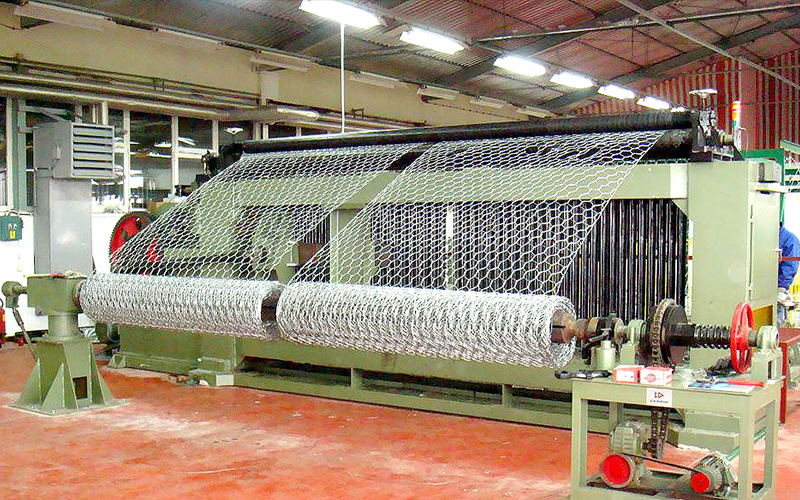
Ultimately, choosing the right nylon mesh sheet involves a careful assessment of thickness, durability, and the specific requirements of the application. By taking into account the interplay between these factors, businesses can make informed decisions that not only meet their immediate needs but also contribute to long-term efficiency and cost-effectiveness. In a competitive landscape, where performance and reliability are paramount, investing time in selecting the appropriate nylon mesh can yield significant benefits, ensuring that the chosen solution is both effective and sustainable.
Pre: The Advantages of Nylon Mesh Filtration in Water and Air Purification
Next: Why Fine Mesh Nylon Fabric Is a Top Choice for Lab and Industrial Use

MACROKUN has established long-term and stable cooperative relations with many transportation companies such as China Post, DHL, FEDEX, USPS, UPS, etc. Of course, MACROKUN can also provide air and sea transportation. The powerful logistics system enables all MACROKUN'S Printing Mesh, Filter Mesh and Filter Bags and so on to be easily and efficiently transported to any place. For quotes and inquiries, please email our sales team.
